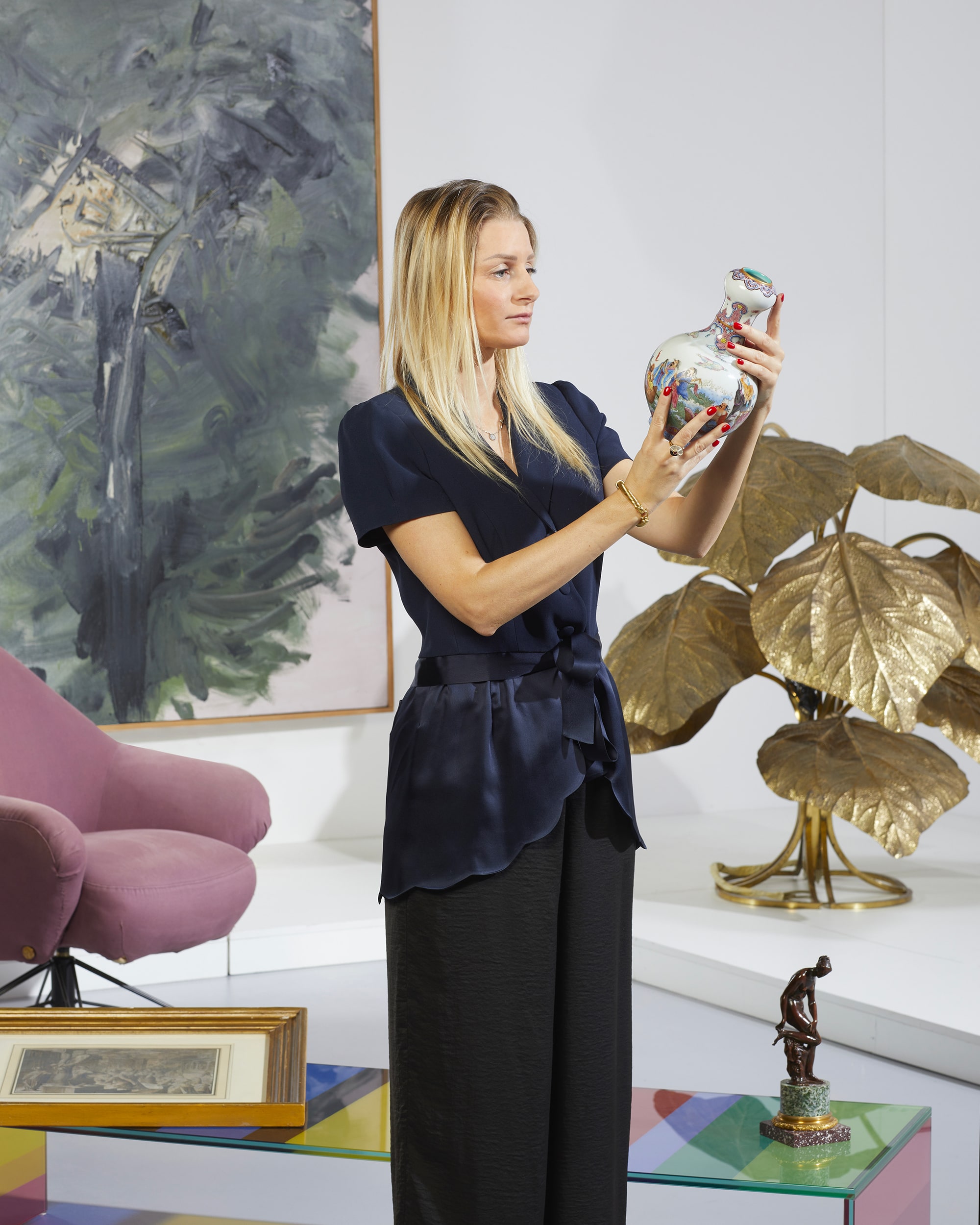At the age of 22 he moved to Naples with his painter friend Luigi Rodriguez.
His painting was characterized by a style strongly inspired by classical models, although these characteristics had already been overcome by the currents of the time. Read the full biography
Do you own a work by Giovanni Bernardino Azzolino and want to sell it? Entrust it to our appraisal and auction services. We have successfully handled 1 artwork by Giovanni Bernardino Azzolino , sold at price exceeding their initial estimate.
Request a free valuation
Our specialists are always available to provide free and confidential valuations and appraisals.
Choose one of the following contact methods:
- Send us a request online
- Take a picture and send it via WhatsApp to 339.9908224
- Call the phone number 030 2056796
- Write to us at valutaopera@capitoliumart.it
- Book an appointment

Giovanni Bernardino Azzolino Biography
At the age of 22 he moved to Naples with his painter friend Luigi Rodriguez.
His painting was characterized by a style strongly inspired by classical models, although these characteristics had already been overcome by the currents of the time. However, his clients greatly appreciated his style. In 1609, the poet and writer Giovan Battista Basile wrote an Ode in honor of Azzolino.
Most of Azzolino's masterpieces are found in Naples, where he painted works for numerous churches, including Gesù Nuovo, Pio Monte della Misericordia (for which he created San Paolino liberating the slave), the Basilica of Santa Maria della Sanità, the Camaldoli Hermitage, the Girolamini Church and the Church of San Pietro Martire. However, the painter also worked in other regions, such as Calabria and Puglia.
Among Azzolino's Calabrian works, there is an eight-part polyptych preserved in the Church of the Capuchins of Paola, which has a canvas dedicated to the Immaculate Madonna in the center. This work has been the subject of debate by art critics over the years regarding the attribution, which has been attributed to Girolamoprendito, Fabrizio Santafede and also to an alleged Azzolino workshop.
Other works by the Sicilian painter include the Madonna and Child and the SS. Cecilia and Catherine of Alexandria preserved in the Church of Santa Maria Maggiore in Taverna and a panel of Saint Catherine of Siena in the Cathedral of San Leoluca in Vibo Valentia. Artistic criticism, however, is not certain that this last painting is by Marco Pino da Siena, as local tradition says, but its attribution has been associated with Azzolino.
He died in Naples on 12 December 1645.




